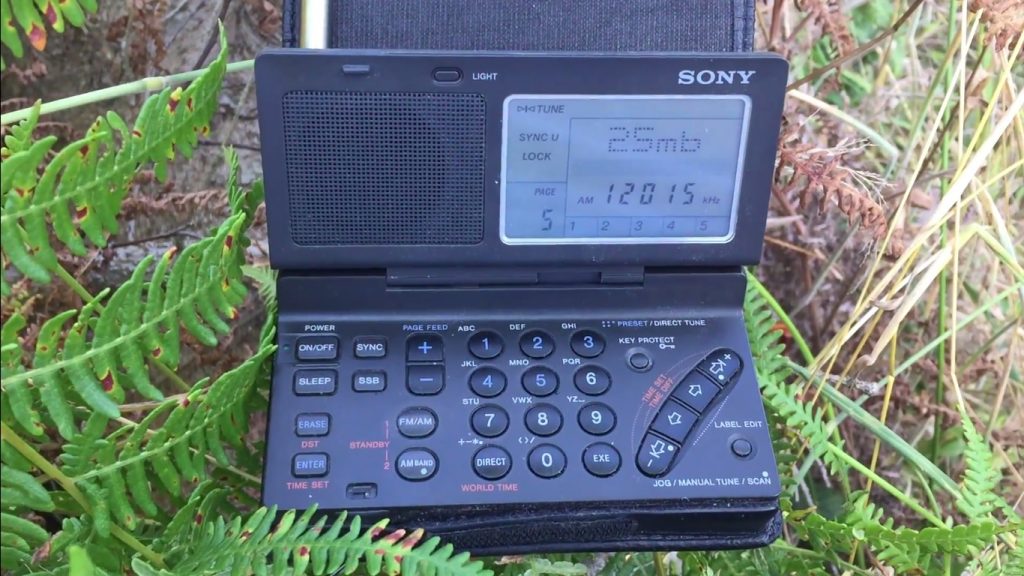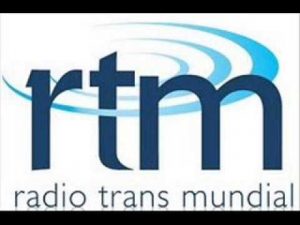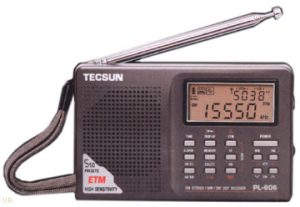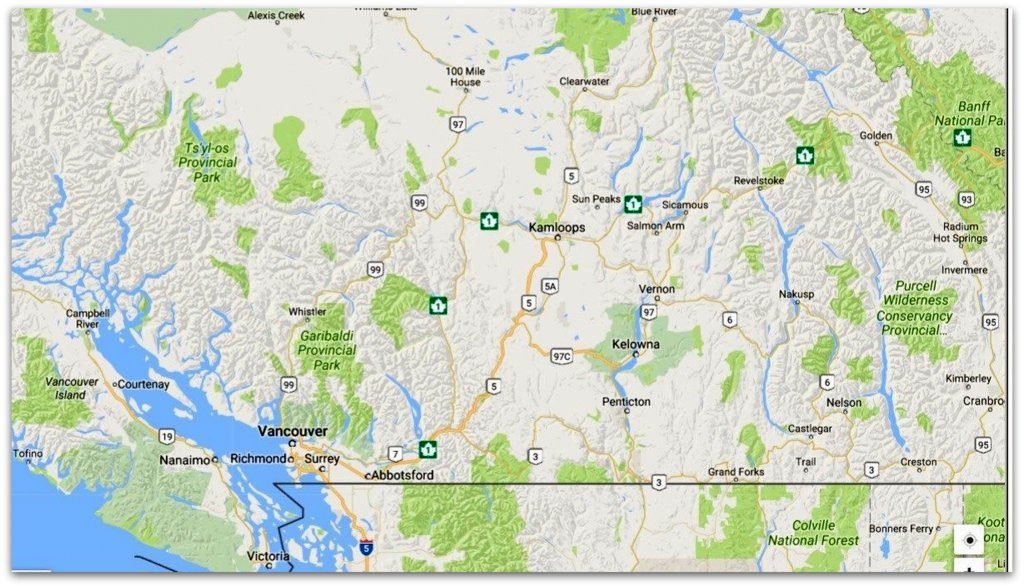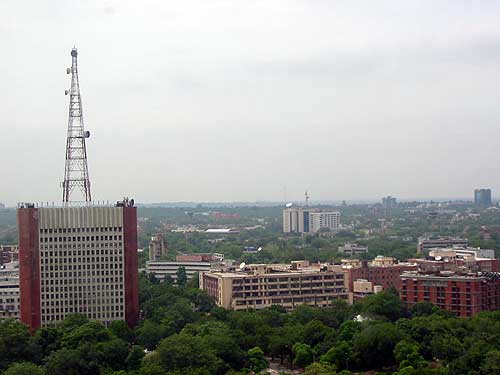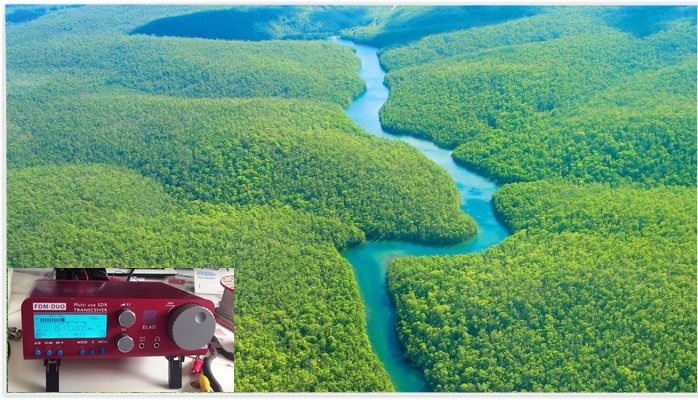
View of the western cluster of curtain antennas from the roof of RCI Sackville’s transmissions building in 2012. (Photo: The SWLing Post) –Click to enlarge
Many thanks to SWLing Post contributor, Mike Barraclough, who shares this Thump interview with Amanda Dawn Christie:
For her latest documentary, Spectres of Shortwave, Moncton-born experimental artist and filmmaker Amanda Dawn Christie spent the last seven years exploring this otherworldly phenomenon. While working at Sackville’s Struts Gallery in 2009, she heard stories from local residents about voices in sinks where “pipes acted like antennas and the bowl became a gramophone speaker.” Christie was jealous that hers didn’t pick it up, so she spent her pay cheques for the rest of the summer at a plumbing store, extending her pipes to bring the sink to the marsh.
Sackville is also home to SappyFest, a beloved music festival taking over the town every August since 2006, with performances from local and internationals artists. Fred Squire is one of the former, and it’s his story of dreaming in foreign languages—due to transmissions from an amp in his bedroom entering a hypnagogic mindstate—that provides the documentary’s centerpiece.
“Fred would fall asleep and dream perfectly coherently in Chinese or Russian,” [film maker Amanda Dawn] Christie explains. “He decided to call the radio towers to see if they were doing anything that would cause it. Then about 40 minutes later in the film there’s a story from a technician who describes his call from a guy dreaming in different languages. The stories are similar but contradict each other, leaving the viewer wondering which one is telling the truth.”[…]

